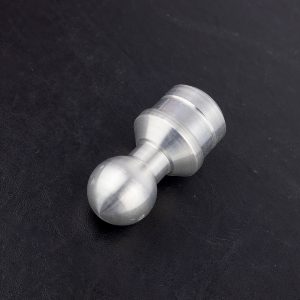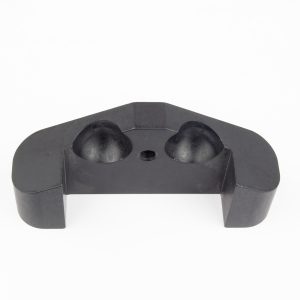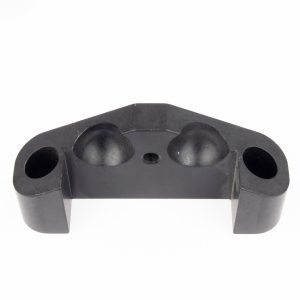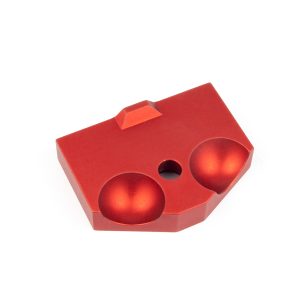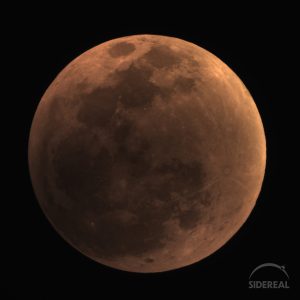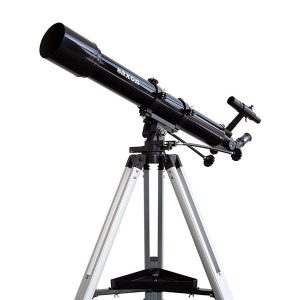Truss telescopes are awesome – not only do they look really sexy, they cool down fast and have far fewer problems with warm air filling the top half of the tube.
But getting a good truss system together is hard. The trick is to have the carbon fibre rods held rigidly, while allowing them to change the angle they’re sitting at if you have to alter the length of the truss.
It’s also really helpful to avoid having to have nine people helping you. Take it from me – I’ve had to put these things together.
Astroworx have a range of carbon fibre truss telescopes, and the trusses for these are held together with our own design of truss block.
Putting it together
There are three four basic parts:
- The ball joint
- Truss block (threaded or pass-through type)
- Truss block clamp
The way it works is this:
You’ll need carbon fibre rods with an inner diameter of 22mm. Once you’ve got the rod to the right length, fit a ball joint into the end.
Two ball joints fit into the truss block, and the clamp holds the ball joints accurately in place, while allowing them to enter at any angle.
There are two types of truss blocks. If you need the block to sit on a bulkhead with nothing behind it, you will use the one with a threaded hole from the back. That way, your bolt ends within the block itself. On the other hand, you you need a truss block on both sides of the bulkhead, you’ll use one block with an M6 threaded hole and a second with a pass-through hole. That way, the bolt comes through the pass-through and ends in the threaded block, sandwiching the bulkhead between the blocks. You’ll see this in the main image for this article.
Finally, the ball joints are clamped into the truss block using a clamp, which is fixed in place with an M6 cap head bolt.
We normally use silver (clear anodised) ball joints and black truss blocks. Then we finish off with red clamps. That gives the carbon fibre truss a nice highlight.
Finishing
You can get these parts in raw (unanodised) aluminium so you can make any colour you like. We have anodised parts as well, just so long as you like the colours we put on the Astroworx telescopes.
Raw parts:
- https://www.siderealtrading.com.au/product/astroworx-ball-joint-raw-aluminium/
- https://www.siderealtrading.com.au/product/astroworx-truss-block-m6-pass-through-hole-raw-aluminium/
- https://www.siderealtrading.com.au/product/astroworx-truss-block-m6-threaded-raw-aluminium/
- https://www.siderealtrading.com.au/product/astroworx-truss-block-clamp-raw-aluminium/
Anodised parts:
- https://www.siderealtrading.com.au/product/astroworx-ball-joint-clear-anodised/
- https://www.siderealtrading.com.au/product/astroworx-truss-block-m6-pass-through-hole-black-anodised/
- https://www.siderealtrading.com.au/product/astroworx-truss-block-m6-threaded-black-anodised/
- https://www.siderealtrading.com.au/product/astroworx-truss-block-clamp-red-anodised/

